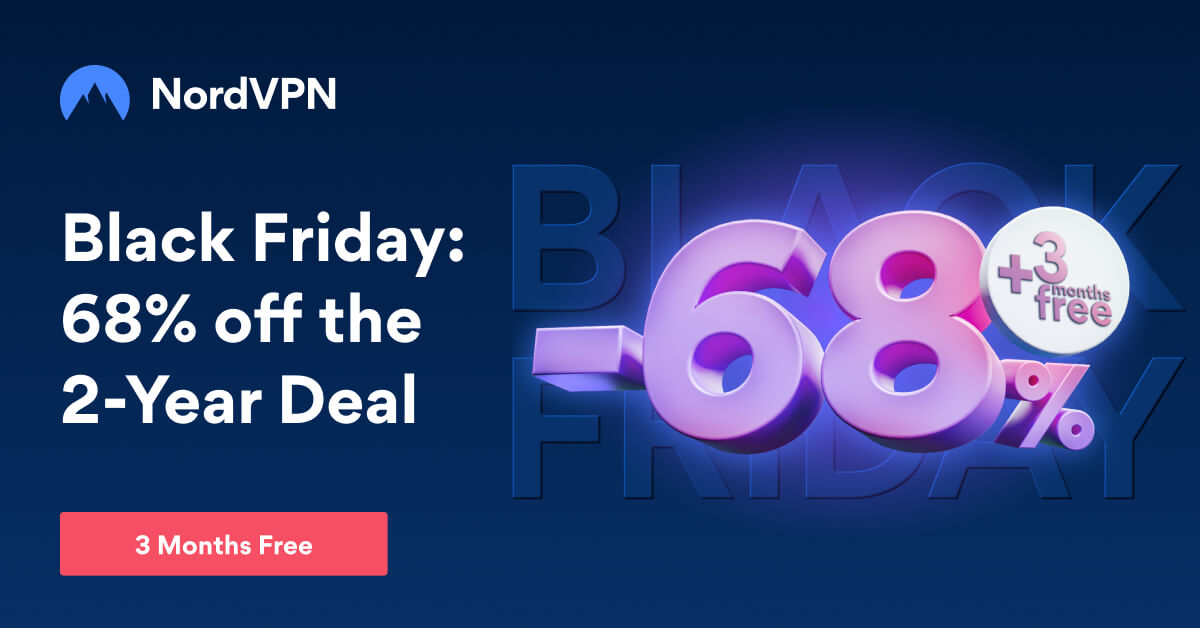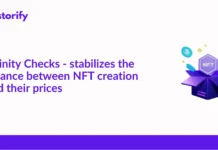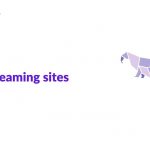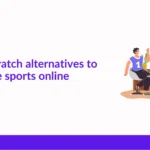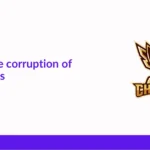Signing up for a bunch of different services and on different websites is a part of daily life. From social media accounts to entertainment subscriptions and from online shopping websites to cloud-based tools—We use the internet throughout the day with the help of various accounts that grant access to these portals.
Protecting these accounts and staying safe online while you sign-up is very important. Cyber threats and data breaches have become all too common, making it difficult to navigate the digital landscape with confidence and peace of mind.
In this guide, we aim to change that for you!
Contents
The Importance of Online Security
Different websites offer different challenges. It’s one thing to make an account on a social media network with your email and another thing to have an account on a casino site, for example.
The more sensitive features a website has, the more secure it needs to be. One such common feature is the integration of payment gateways that ask for your credit card information, for example. In these cases, you should always be on the lookout for security protocols. Otherwise, you could end up in a data breach or, worse, a targeted hack.
Let’s take a common example—gambling websites. Online casinos rely entirely on payment deposits and withdrawals and, incidentally, need to be super secure.
Most trustworthy casino slots platforms will have top-notch security for payment processing, and they will not shy away from advertising that fact. So, look around! Find the footer or a dedicated page on fair play and safety protocols to assure yourself that you’re on a platform that can be relied on.
If a website’s security is lacking, then hackers can snoop in on the connection between your device and the website’s server. This allows them to gain access to any information you submit via sign-up forms like name, address, phone number, email address, and more.
Security Audit
The first step is to audit your current security. Which are the most important accounts you have? And when was the last time you changed their passwords?
Accounts on Google, Facebook, or an app that you use daily are crucial. If you’re using the same password on multiple important websites, then you’re already making a big mistake. But if you can’t be bothered to change your password on all platforms—At least do your due diligence in finding out if your account information has ever been compromised.
There are a couple of tools we recommend for that, and both are extremely convenient and fast.
- Firefox Monitor allows you to check if you’ve been a part of a data breach.
- Have I Been Pwned can be used to check if your email address has been part of a public breach.
Change any password that has been part of a breach! Now that that’s out of the way let’s come to the main part of our discussion today—Things to look out for when signing up online.
Things to Look Out For—Phishing & Insecure Websites
It should be safe to sign-up for services we want or need daily. Regretfully, bad actors are just waiting for us to slip up to gain access to private information such as IP address (that can be used to locate you) or credit card information.
And the most common ways they do you harm when you’re signing up is with phishing attacks or by exploiting bad security on a website.
Phishing
Did you know that teens are more likely to fall for online scams compared to seniors? That baffled me when I read about it. In fact, it’s one of the five biggest threats that children face online.
It all begins with an email that promises something too good to be true, more often than not (remember those Nigerian princes who are desperate to transfer a truckload of money into your bank account?).
Phishing emails, messages, or entire websites attempt to trick you into revealing sensitive information like login details by mimicking a real page. Always check the spelling of the URL in the browser field to be sure you’re on the correct website.
Insecure Websites
Information shared over insecure websites can be illegally accessed by hackers snooping in on the connection. A secure website will always have a lock icon right before the URL or address.
If the lock is cut or red, then it’s an insecure website.
Make sure you’re on the latest version of your internet browser like Chrome, Firefox, Safari, or Edge—And that the website you’re entering your information into has a lock icon. You can click on the icon to learn more about the SSL certificate, which basically means that the communication between your device and the remote server is encrypted.
In Conclusion
In today’s internet age, it’s become very important to take your online security and privacy very seriously. It’s not just about ensuring SSL encryption (lock sign) anymore! Some attackers can easily cause harm to you if they get their hands on your information in any of the myriad of ways, like social engineering or phishing.

